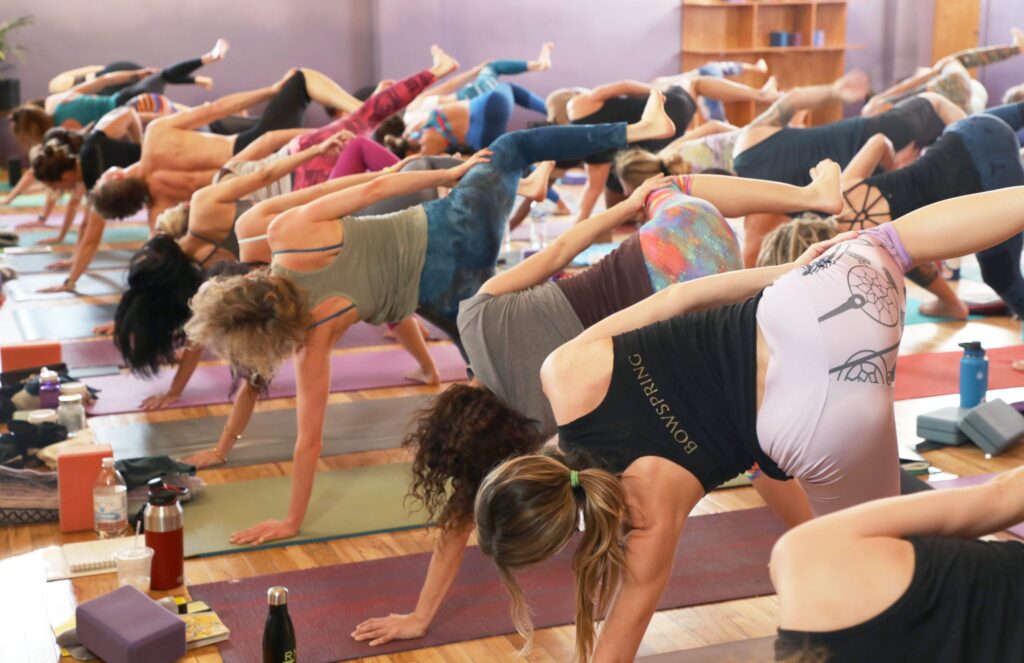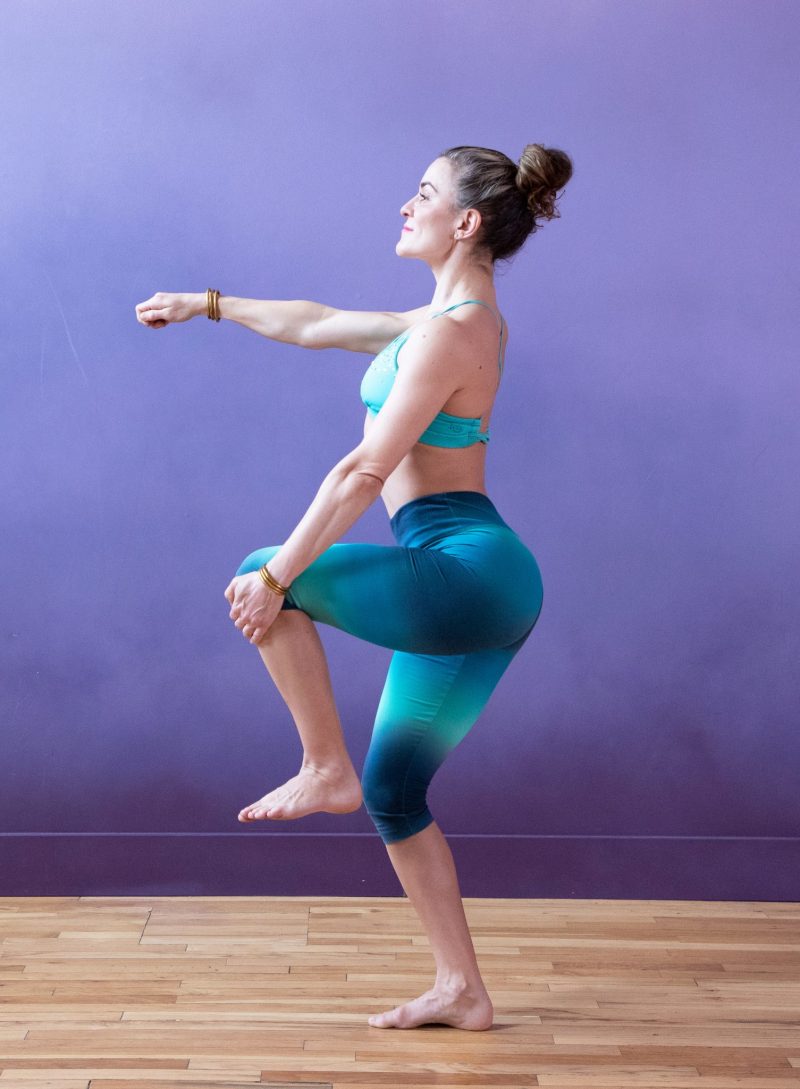Bowspring Curriculum
The Bowspring curriculum is designed to systematically lead all levels of students on a path towards optimal health through a balanced lifestyle. The daily practice of the Bowspring postural alignment underlies all facets of the curriculum, and is integrated into all of our activities. The Bowspring curriculum outline below is designed to help students embody the Bowspring in their daily lives.

Learning the Bowspring entails:
Elemental forms of hands, feet, arms and legs.
Level 1 poses – group of basic dynamic postures covering movement and positioning in all planes: upright, lying down, upside-down, side-to-side, forward and backward.
Basic transitional movements in set forms (katas) are also covered within the Level 1 curriculum.
These fundamental transitional movements include detailed alignment for 10 key parts of the body: hands, feet, arms, legs, hips, shoulders, ribcage, lower back (waist), neck and head.
The full Bowspring method curriculum is presented through classes, courses, weekend workshops, intensives, and trainings.
4 Levels of Curriculum
The progressive levels of the Bowspring curriculum are systematized to help any student learn how to make the dynamic posture of the Bowspring in any daily activity. Bowspring classes are organized into stages from introductory courses to the training of professional teachers of the Bowspring system. There are 4 levels of practice, which are designated in terms of levels of Bowspring experience and capacity – Orientation, Level 1, Level 2, and Level 3.
Orientation Level
The Bowspring requires a minimum orientation period to gain a fundamental understanding of the basics of this postural method. The orientation period consists of a minimum of one month, with the completion of two to four one-hour Bowspring classes/practices per week. New students are encouraged to increase the application of mindfulness in their daily posture, particularly the alignment of their hands and feet, knees and elbows, and spine. With regular practice new students can start to increasingly integrate the Bowspring into their normal movements and posture.
Each dynamic posture within the Bowspring curriculum is composed of various Elemental forms, which are specific alignments for the hands, feet, arms and legs. These simple forms of the limbs are applied in all Bowspring postural exercises and are fundamental in learning the Bowspring system. All 47 elemental forms are listed in the Elemental Table. During the orientation period, students learn to practice a few (~16) of the most basic Elemental forms.
All postural elements of the Bowspring are taught using simple repeated mindfulness exercises called katas. The set forms of the basic Bowspring katas are taught slowly to all beginning students. The detailed alignment of the Bowspring, particularly the balanced action of the fingers, toes, arms and legs, is most effectively taught through the regular, repeated practice of the basic katas.
Click here to learn more about what to expect during the orientation period.

Level 1 –
The student learns to perform the most fundamental forms of the Bowspring through regular practice of the dynamic postures of the Level 1 syllabus. The list of poses in this syllabus covers the Bowspring alignment in any plane – upright, upside-down, supine and prone. The syllabus is organized into 7 postural classifications: standing, kneeling, sitting, supine, prone, inverted, and hand-balancings. Each of these postural groups are further classified into squatting, forward-bending, back-bending, side-bending, twisting, and side spirals. The Level 1 syllabus is a set of about 50 dynamic postures and exercises, which are the most effective for new students to learn the Bowspring.

Level 2 –
Includes more complex forms of the Bowspring, and progressive sequences of dynamic postures . Poses with straight legs and elbows in the back plane are introduced in Level 2. The Level 1 syllabus is a set of about 50 dynamic postures and exercises, which are the most effective for new students to learn the Bowspring.
Level 3 –
Includes the most advanced exercises and postures for the Bowspring. Level 3 students have dedicated many hours of practice to developing virtues of studentship. They are also able and willing to assist newer students with the Bowspring practice.
